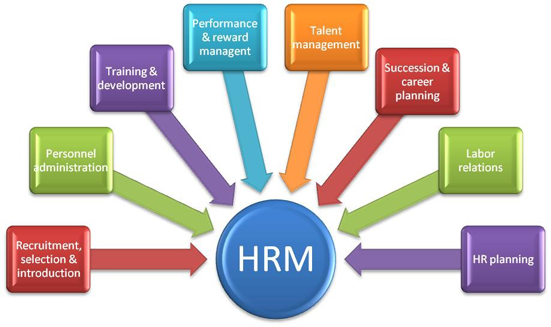Managing team work and the challenge of leadership – Professional practices in IT

Managing Team Work And The Challenge Of Leadership – Professional Practices In IT
Differences are necessary when dedicated and passionate employees work in an organization. Many times it has been observed that a project team when assigned a new job after their successful completion of the orientation program, find it very difficult to work together to accomplish their common task. Why this does happens? This happens when the team development is at dissatisfaction stage, where they figure out discrepancies between the tasks expected from them and how it is going to be done in reality.
According to our leadership assignment help experts, in such a scenario, it is required for the leaders to make use of their Emotional Intelligence (EI) and leadership management skills to develop trust, encourage everyone in the team, effectively communicating with employees who fail to perform, dealing with conflicting situations, give and receive criticism constructively, and infuse a sense of commitment. Why have most of the projects never get a good start? The sole cause behind it is ad hoc, the absence of concrete solutions, haphazard, and incapability to find methods that can materialize ideas into workable plans. Here is what you need is strategic project management. This approach helps in formulating project flow and actionable that is based on significant questions which teams must thoughtfully answer to develop a robust and strategic foundation.
A leader has to efficiently look at the various sorts of conflict that are experienced by its team members and thus prepare a diligent plan to successfully resolve these issues and move forward enthusiastically. Below are mentioned four types of basic team conflicts with some helpful tips to get through them properly.
Conflict related to positions, views and strategies
When various strong, but differing, parties are arguing in the team and these series of arguments is not taking them into any conclusion, then a leader may intervene in between to stop the debate and ask each employee to put their views turn by turn and thus avoiding interruption. All the rest of the employees will only listen and understand the issue and ponder on its feasible solution.
In this case, the leader’s task is to ensure that everyone has got the opportunity to put their views in front of the team. When this exercise is done the leader should think about the concerns or milestones that members have in common. Once every little area is touched, the leader can proceed with any plans that have been shared in the discussion. Well often it has been observed that this way of dealing through conflicting situations gives a fresh and new focus and turns the scenario from conflict to resolution.
Moving ahead through Conflict Management
Conflict can be best described as difference of views. The prime focus of a leader in case of team conflict is to understand the varying styles of conflict among team members. Once understood, he can use the ability of team members to build more effective workplace skills. In other words, conflicts prove to be beneficial to the team when managed successfully. Using effective negotiation skills, ethical behavior and practices, he should devise a plan for the team’s negotiations for resources that would lead to success.
Issues related to gender in Leadership
Conflicts related to gender are very common in the workplace. Apart from gender, you can also see some people being culturally biased, all of which should be properly mediated. Sometimes gender becomes a challenge to open communication, responsibility sharing and cooperation. Once a leader sorts out this diversity, these issues can be lessened to increase comfort and output.
Lack of trust or communication
A team has a mix of different types of people. Some are calm and composed while others are dominating and loud. So if you have some people in your team who seems dominating the conversation, leaving others to feel as dropped out, a leader should hold the process and ask every member what do they expect from others to make them feel effective in the team and how others members can help them. In absence of open communication within the team results into poor performance, demotivation and anxiety among team members. This needs to be reduced.
Other popular professional practice in project management is to appoint a process observer whose would see the interaction among team members for a specified period of time. If the temper of any member is on the rise or communication is not smooth then process observer would make the remarks and hand over all the details to the leader. An outside person can give a very honest response about the behavior and interaction among the team members. You can come to know if this has been the prime factor behind the weak performance of your team. If this has been the case, then to resolve underlying communication issues the leader will tell the observations to everyone in the meeting. This technique is very helpful in bringing a positive change in the team’s interaction. It is difficult to misbehave when you know that your behavior is influencing entire team and productivity.
Quoting leadership experts at ExpertAssignmentHelp, “These essential tips will help team leaders to better organize and execute complicated projects with ease and effectiveness.”
Other articles under blog series of “Professional Practices in IT”
- Managing team work and the challenge of leadership
- Managing Human Resources in IT, and Change Management
- IT systems Audit and QA
- Written and Oral communications in IT
- Professional Practice in IT Project Management
- Managing Software Testing
- Managing, protecting and systems integration
- Ethics, ethical behavior and professional responsibility
- Tools and techniques for decision making
- Investigative Research Methods
Do not miss to check similar blog series in other topics
[mc4wp_form]
Related Blogs





